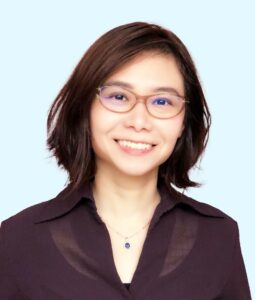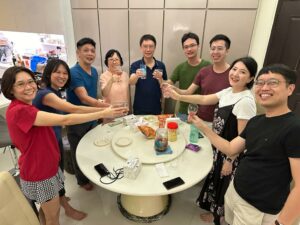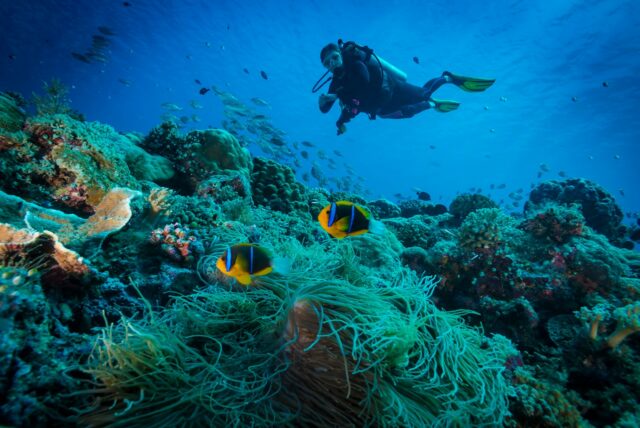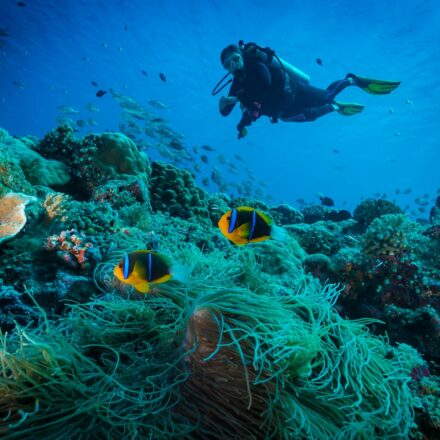If you were mapping a route to a career in AI, you likely think of a history of high school coding clubs and gaming, followed by a college degree in computer science. Mei May Soo, director of data science at Dell Technologies’ Singapore hub, proves that you can take a very different route into the tech industry to develop ground-breaking solutions.
After graduating in 2001 with a bachelor’s degree in economics from the University of Malaya, Soo worked as an economist for the Danish shipping company Maersk. It was when she moved on to Cisco that she realized she wanted to switch from working with company data to applying the power of data to innovate new possibilities for end users. “I saw that there’s so much more behind what we see and so much exploration that we can do with data that’s so amazing. It was a game changer, especially when you bring things like AI to your data; it changes the whole perspective of how you make your decisions,” she explains.
Soo officially changed her career focus after studying data science at the University of Washington. But it wasn’t until she moved to Dell Technologies to set up a whole new global pre-sales AI division in Singapore that she really felt that there was an opportunity to pioneer solutions that did not yet exist.
Especially when you bring things like AI to your data; it changes the whole perspective of how you make your decisions.
— Mei May Soo, director of data science, Dell Technologies
Inspiring innovation

“The pull factor from Dell,” says Soo, “was the challenge I was being given to come over to Singapore and set up a team from scratch, hire all the people and create a structure of how things were going to be done by working closely with customers to solve problems together.”
The potential of combining the power of AI with data to create innovative generative AI solutions has always been Soo’s focus at Dell. “I was set on putting Dell’s name out there in the world of generative AI,” she says.
She wanted to use generative AI to solve some of the world’s most pressing problems, and by reaching out and talking to customers, she quickly found applications to test out these ideas. The first of these involved Australia’s Great Barrier Reef. “Dell was already involved in sponsoring some of the equipment used to protect the reef for the conservation organization Citizens of the Great Barrier Reef,” she says. “But it was when we spoke to their marine scientists we realized that we could play a greater role in helping citizen scientists to monitor the reef.
“They had taken over 50,000 photos of the reef, and each one was analyzed manually by experts labeling each of the different types of coral. It was very time-consuming.”
Optimizing coral conservation
Those human eyes were documenting about 13,000 images every two months. Using generative AI, Soo and her team created a deep-learning model to recognize and categorize all the different corals. Once up and running, this solution managed to document 51,000 images in just one week. Now, the Citizens of the Great Barrier Reef can quickly and accurately categorize all the photos shared with them by citizen scientists for their Great Reef Census.
“We did something predicted to take eight months in just one week; they were super pleased with what we achieved,” says Soo about the project, which aligns with Dell’s environmental, social and governance (ESG) aims to advance sustainability by developing technology that enables climate action.
Today, anyone swimming around the Great Barrier Reef can upload their photos of the coral and feel they have contributed to its monitoring and conservation. This solution has resulted in huge cost savings for the reef and enabled it to speed up its monitoring and conservation efforts. To date, 100,000 images have been mapped.
Applying this model to other conservation efforts worldwide
Soo is now looking at applying this technology to reefs in Indonesia and hopes to roll it out to other endangered reefs around the world, as well as conservation projects above ground. “We think it has potential for predicting forest fires, as well as forest regrowth,” says Soo. “It can be used on basically any area of the Earth that you want to monitor over time, whether that’s for growth or deterioration.”

Soo and her team are justifiably proud of how they have used generative AI to help improve the sustainability of our world. “It shows the good what technology can do, and I think the innovation that we see today is going to run much faster, compared to just a year ago even, because more people are coming into this space and becoming aware of what it can make possible.
“Reducing food waste, optimizing crop harvests, minimizing pesticide use, monitoring ice floes, with more investments in research and development, we’re going to see a tremendous explosion of wonderful algorithms that can help the environment that people have yet to even think of,” says Soo.
Dell Technologies 2023 Innovation Index reports that 78% of business and IT leaders join their companies because they will be empowered to innovate, and Soo is happy to testify that innovation runs through Dell’s working culture, too. “In my role today and in my working environment, I have tremendous power and freedom to innovate. My team and I are encouraged to flex our muscles and spread our wings, and I love that.”
Innovators at Work is a series on Perspectives profiling Dell team members who drive innovation by combining ideas and technology to create life-shaping impact. The series is inspired by Dell’s Innovation Index, which provides insight on what global decision makers are doing to create innovation resilience in turbulent times.

